The Case of the Pink Tattered Coat
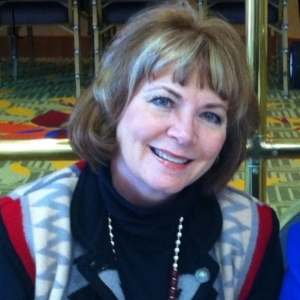 By Donnell Ann Bell
By Donnell Ann Bell
Look down. What are you wearing? Don’t worry; this isn’t going to be a pornographic blog. I’m just curious if you’re like me.
I don’t stay in my pajamas when I start my day, but I do slip into my most comfortable “grungies.” It’s hot where I am and as I write this, I’m wearing a sleeveless top and my once-favorite capris, which sadly I ruined by spilling Clorox on them. My point, it would take an emergency for me to leave the house in my current attire.
Which brings me to one of my favorite stories about my daughter-in-law. Well, this story takes place before she was my DIL. She and my son attended the same university, and on winter break, he asked if he could bring home a friend. This was his first year of college, mind you, which caused my husband and me to raise an eyebrow or two, especially when the friend in question turned out to be an attractive young woman.
I recall reacting in a way any reasonable mother might. “Who is this girl? Is it serious and you do intend to finish college, right?”
“She’s a friend, Mom.”
Uh-huh.
As kids tend to do at that age, they were coming and going, catching up with their peers. I was busy writing and didn’t pry too much, even though I was intensely curious. I did learn the basics. She was studying to be an R.N. and at the top of her class. Okay, neither she nor my son appeared to be on the verge of becoming college dropouts.

Source: Pixabay
But because I had so little to go on, I formed the wrong impression. Because my son was so adamant that they were just friends, I built it up in my over-imaginative brain that she’d come home with him because she was poor and had nowhere else to go. I mean the first time I met her; she entered our home wearing a pink coat that was so ripped in the armpit, the tear revealed the facing. Moreover, when she came for a visit a second time, she wore it again!
That was it. It was Christmastime and the mystery writer/amateur sleuth in me was no longer buying the “We’re just friends,” angle. I said to my daughter, “We should buy Dave’s girlfriend a new coat for Christmas. My daughter thought it was a stellar idea and the two of us went to work searching online.
Still, we didn’t know much about her, just that she might be partial to pink. Log on to the internet, enter pink + coat, and you’ll be smothered by an avalanche of that color. We wanted to get her a new coat but were at a loss to choose a style she might like.
“I know,” my daughter said, “Let’s ask her mom.”
“You know her mom?” I asked.
“Sure,” my daughter said.
Obviously, my son had confided in his sister, or unlike my daughter, I had medaled in not prying.
So, when we called my future DIL’s mother to ask her opinion, she was horrified. Not at us for wanting to buy her daughter a new coat; she thought that was sweet. But the conversation went something like, “I can’t believe she’s still wearing that thing!”
Needless to say, I learned something about making assumptions that day. My DIL could afford a new coat; she simply loved the one she wore.
In fiction, authors enjoy creating characters in which we sometimes share (and sometimes don’t) personality traits, odd quirks and deep dark secrets. Often, we let the reader know about these perceptions, while our protagonists or secondary characters are left stymied.
The case of the tattered pink coat stymied me.
P.S. These two married two years after they graduated and are the proud parents of three beautiful children. At least I got one perception right. I didn’t buy for an instant they were just friends.
How about you? Do you have something in your wardrobe you refuse to give up? Have you ever had to walk back a mistaken impression?

 Good Monday morning. The Stiletto Gang is a group of authors that touch mostly on marketing, the craft of writing, the concept behind our books and/or the genre of what we’re writing. Last week, two of our authors didn’t just touch on a topic, they challenged it and downright addressed the world’s most serious problems.
Good Monday morning. The Stiletto Gang is a group of authors that touch mostly on marketing, the craft of writing, the concept behind our books and/or the genre of what we’re writing. Last week, two of our authors didn’t just touch on a topic, they challenged it and downright addressed the world’s most serious problems.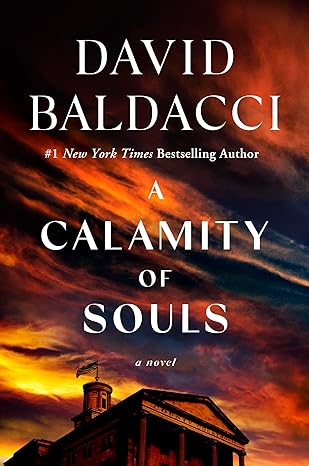 Set in the tumultuous year of 1968 in southern Virginia, a racially-charged murder case sets a duo of white and Black lawyers against a deeply unfair system as they work to defend their wrongfully-accused Black defendants in this courtroom drama from #1 New York Times bestselling author David Baldacci.
Set in the tumultuous year of 1968 in southern Virginia, a racially-charged murder case sets a duo of white and Black lawyers against a deeply unfair system as they work to defend their wrongfully-accused Black defendants in this courtroom drama from #1 New York Times bestselling author David Baldacci.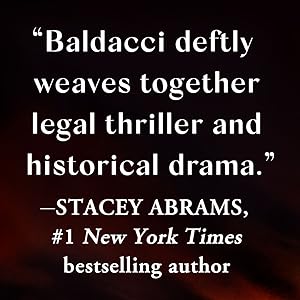



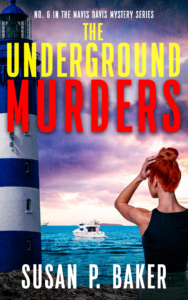
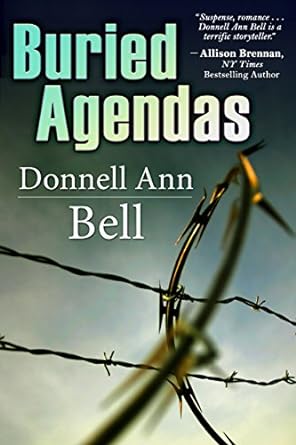
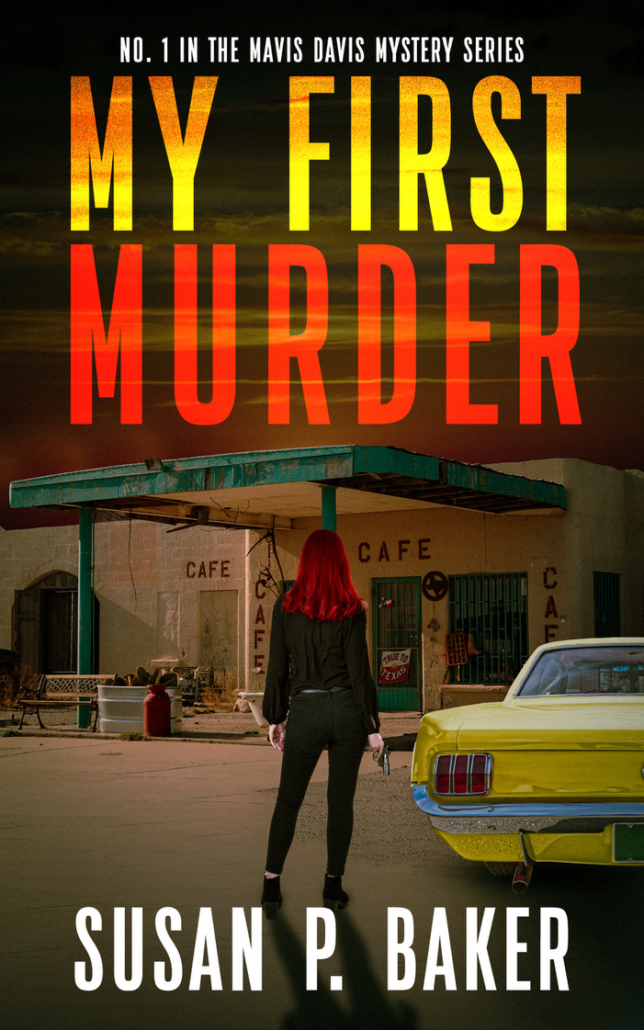
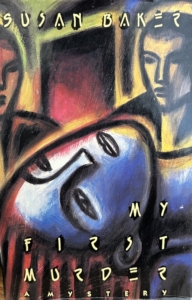
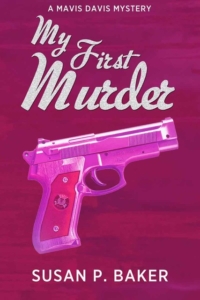
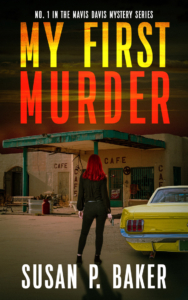

 As a part of the writing process the plot twists are, for me anyway, usually planned. Though there are those times when I’m deep into a project that the story takes a turn and I have to decide if that’s a road I want to go down or not. In most cases when I’ve taken that road it has ended up a better book in the long run.
As a part of the writing process the plot twists are, for me anyway, usually planned. Though there are those times when I’m deep into a project that the story takes a turn and I have to decide if that’s a road I want to go down or not. In most cases when I’ve taken that road it has ended up a better book in the long run.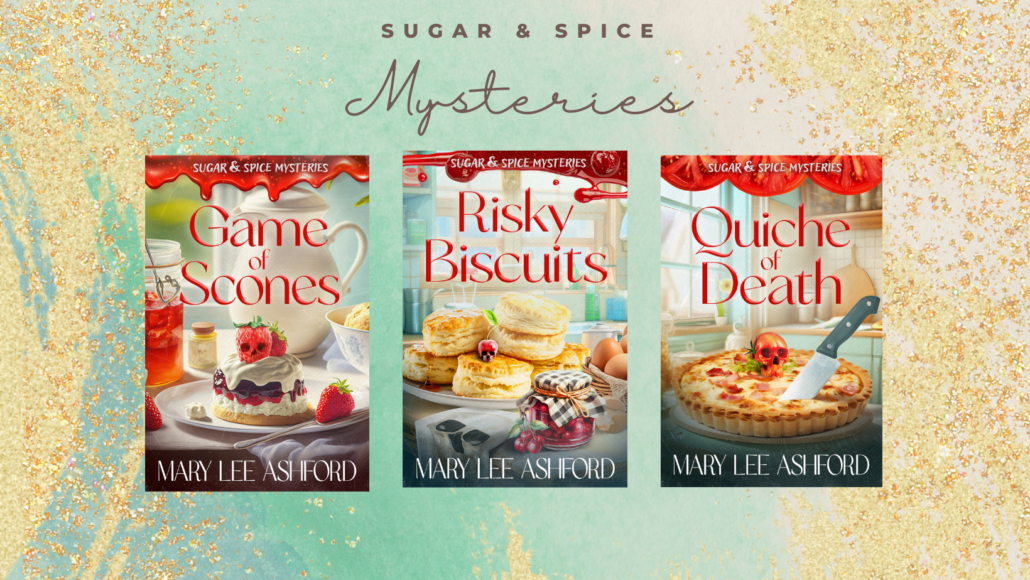
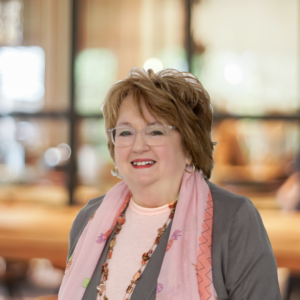



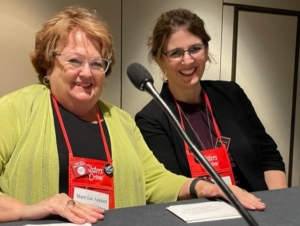
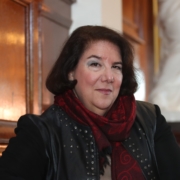

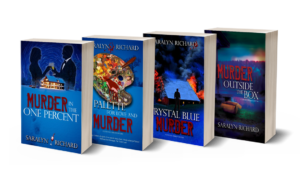
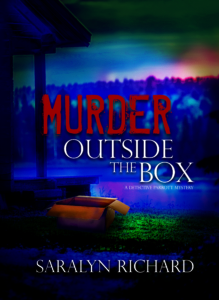
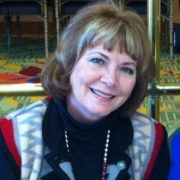 Dear Readers: I’m slowly but surely recovering from 2023! So much progress. I’m still grieving, but my mother’s estate is settled and I can see the floor to my office. I realized it was my day to blog on The Stiletto Gang so I pulled up an article I wrote in 2016. Funny, the position I took back then is the same position I hold today. After reading, please tell me what you think. Do you avoid prologues, and how much time do you devote to marketing? ~ Donnell
Dear Readers: I’m slowly but surely recovering from 2023! So much progress. I’m still grieving, but my mother’s estate is settled and I can see the floor to my office. I realized it was my day to blog on The Stiletto Gang so I pulled up an article I wrote in 2016. Funny, the position I took back then is the same position I hold today. After reading, please tell me what you think. Do you avoid prologues, and how much time do you devote to marketing? ~ Donnell